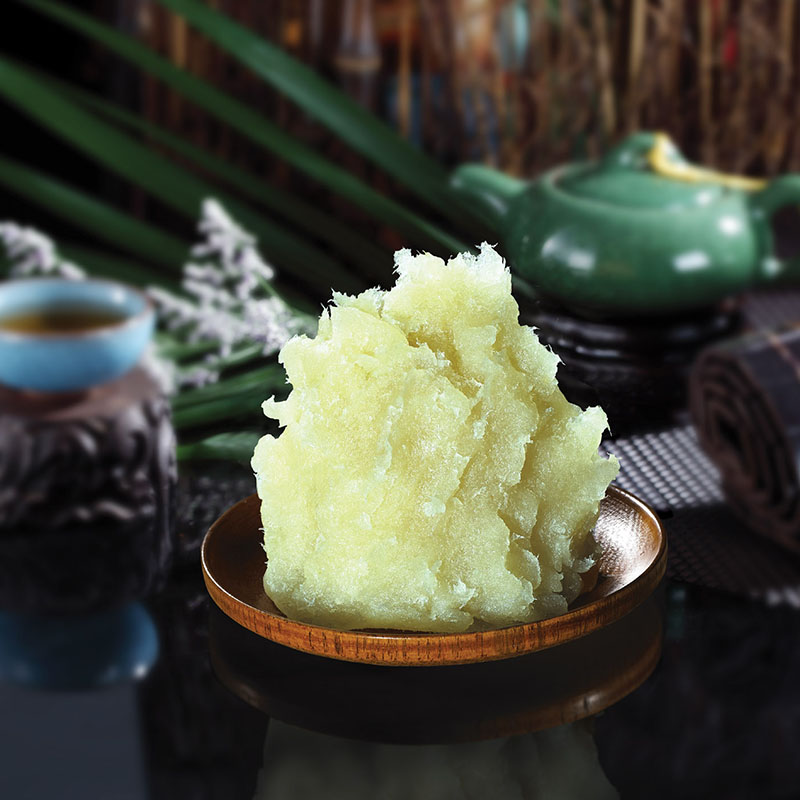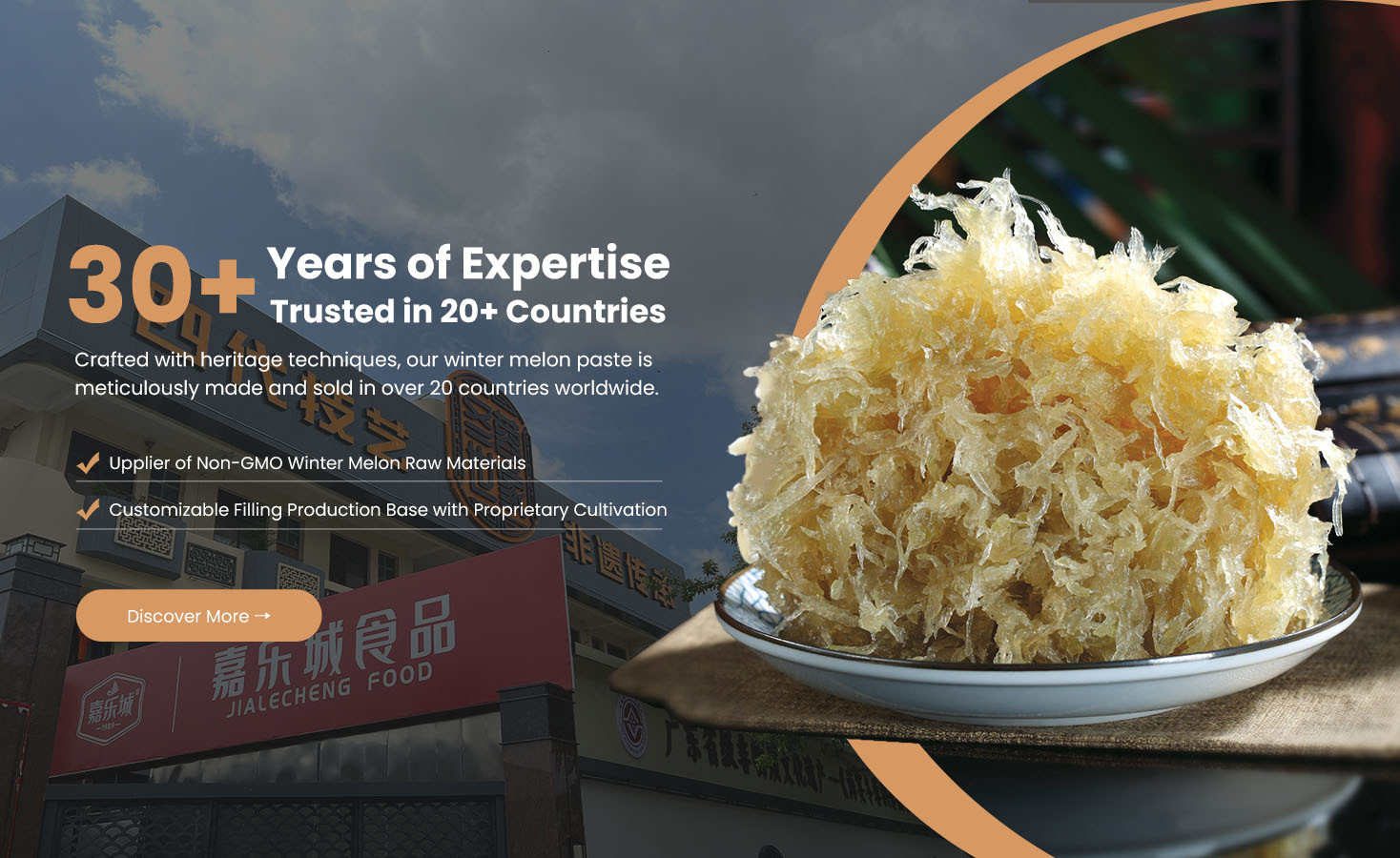What Is Winter Melon Filling? Explore Its Origin And Uses
Winter Melon Filling is a traditional Chinese pastry filling that is loved for its unique fragrance and dense taste. As an important part of traditional Chinese pastries, Winter Melon Filling not only carries a long history and culture, but also shows a variety of uses in modern baking.
Origin and history of winter melon filling
The history of Winter Melon Filling can be traced back to ancient China, especially in the southern region, where winter melon is widely planted for its cooling and heat-relieving properties. According to historical records, as early as the Tang and Song dynasties, winter melon was used to make sweets, and its natural sweetness and delicate texture made it an ideal filling ingredient. In the Ming and Qing dynasties, with the maturity of pastry craftsmanship, Winter Melon Filling gradually became a traditional chinese filling for traditional Chinese pastries such as Wife Cakes and Shortbreads. In Guangdong, Fujian and other places, Winter Melon Filling is also often used in festive pastries, symbolizing reunion and happiness.

The production process of Winter Melon Filling is very particular in tradition. The ancients would peel and deseed the winter melon, cut it into small pieces, and steam it until it was soft. Then they would add sugar and other seasonings such as osmanthus and sesame and simmer it over a slow fire until it became thick and puree-like. This process retains the natural flavor of the winter melon while giving the filling a unique aroma and taste.
Winter Melon Filling Production Process
Although mechanized production has been introduced into the production of Winter Melon Filling, the core steps still continue the traditional process. First, select high-quality winter melon, peel and deseed it, cut it into pieces, and steam it until it is completely softened. Then, mash the steamed winter melon into a paste, add an appropriate amount of sugar and vegetable oil, and simmer it over low heat until the water evaporates, presenting a golden and thick state. In order to enhance the flavor, some manufacturers will also add natural spices such as osmanthus or tangerine peel to make the winter melon puree more fragrant.
It is worth mentioning that high-quality winter melon puree pursues a no-additive and low-sugar formula to retain the natural fragrance of the winter melon. This production method is not only suitable for healthy eating needs, but also makes winter melon puree more attractive in modern baking.
Uses of Winter Melon Puree in Traditional Chinese Pastries
In traditional Chinese pastries, winter melon puree is widely used for its delicate taste and sweet flavor. For example, wife cake is a classic dessert in Guangdong. The filling is winter melon puree, which is sweet but not greasy and has distinct layers. In addition, winter melon puree is also commonly found in traditional pastries such as shortbread and cakes, adding a unique flavor to these pastries.
In addition to traditional uses, winter melon puree also shows diverse possibilities in modern desserts. It can be used as a filling for bread and egg tarts, and even used in Western desserts such as pies and cakes, bringing a taste experience of Chinese and Western fusion. Whether it is home baking or commercial production, winter melon puree has won wide love for its versatility and fresh taste.
As a traditional Chinese filling, winter melon puree carries a rich history and culture, and its production process and uses reflect the wisdom and diversity of Chinese cuisine. From ancient festival pastries to modern innovative desserts, winter melon puree has become an indispensable part of Chinese pastries with its unique fragrance and delicate taste. Whether you are a baking enthusiast or a dessert maker, winter melon puree can bring unlimited inspiration to your creation.




